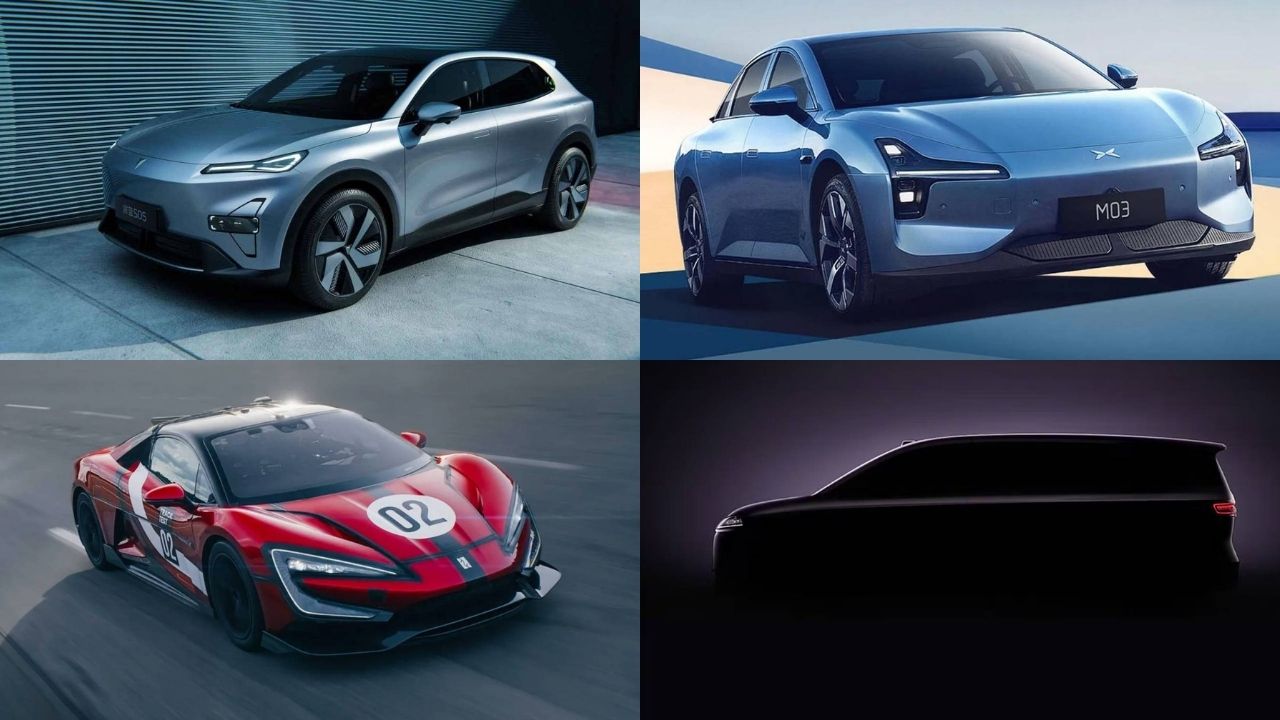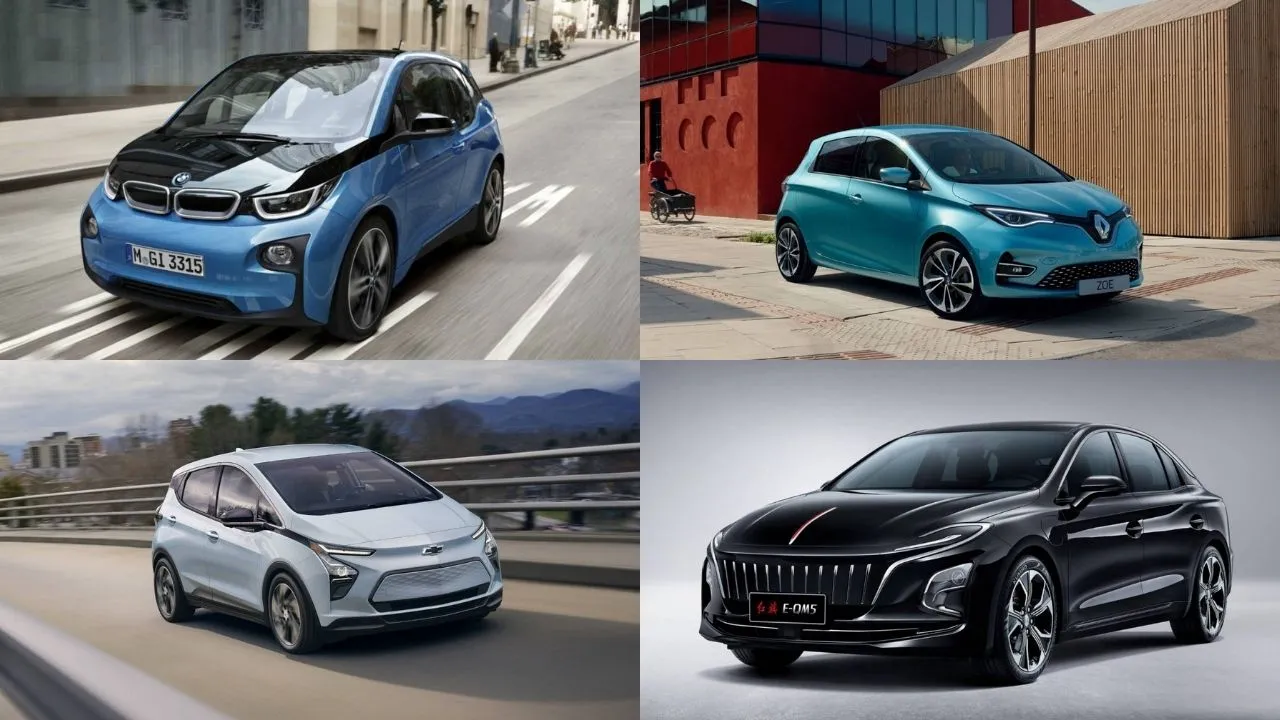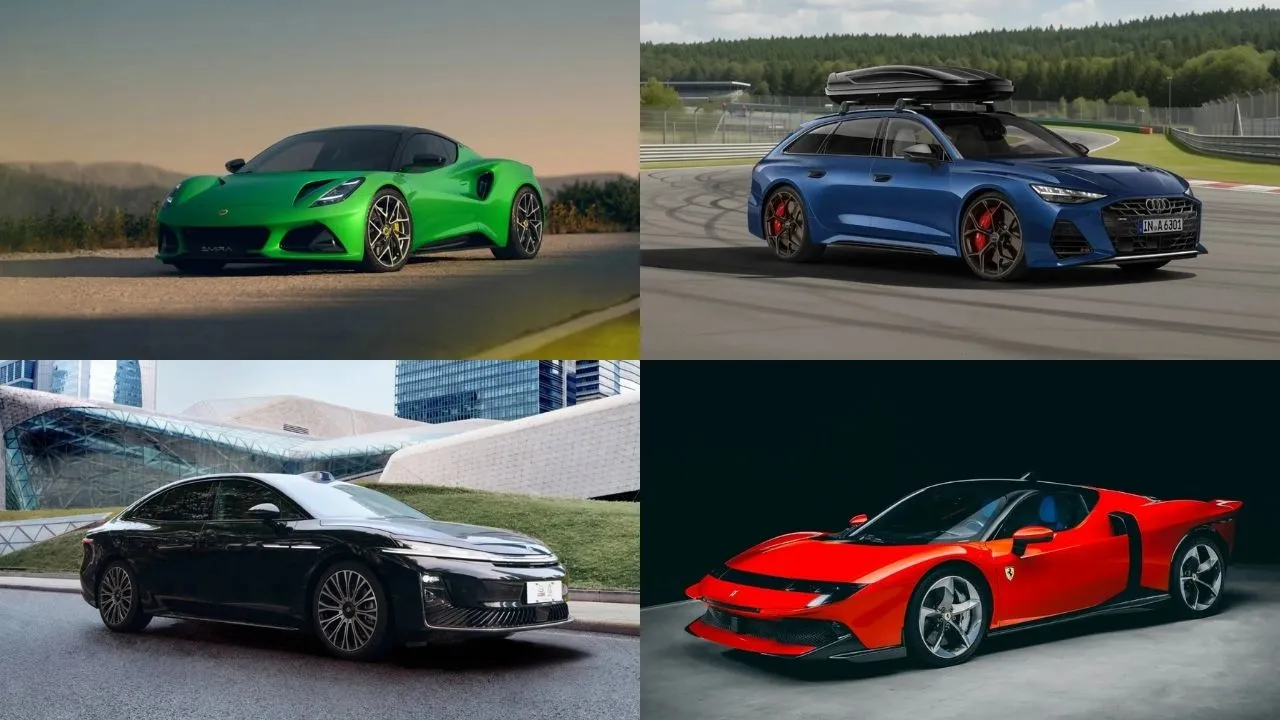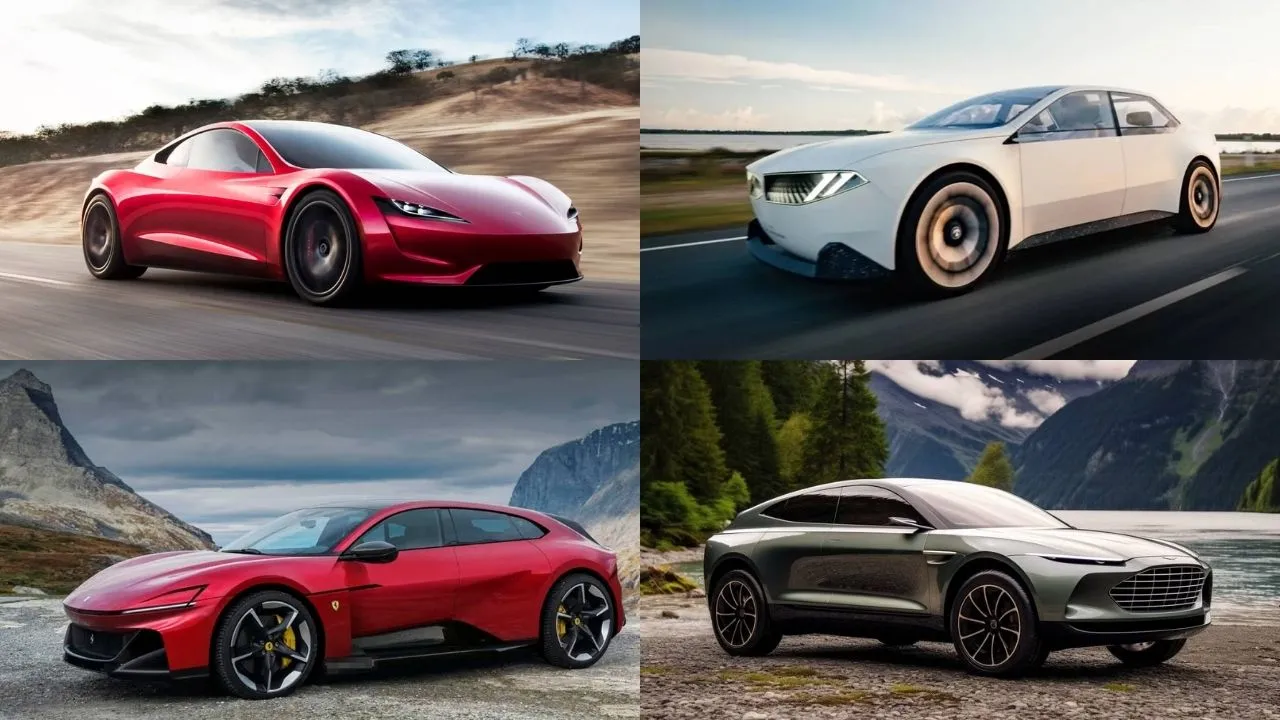DubiCars Car Spotlight — Mini Cooper/Mini Hatchback History, Generations & More | A Style Icon
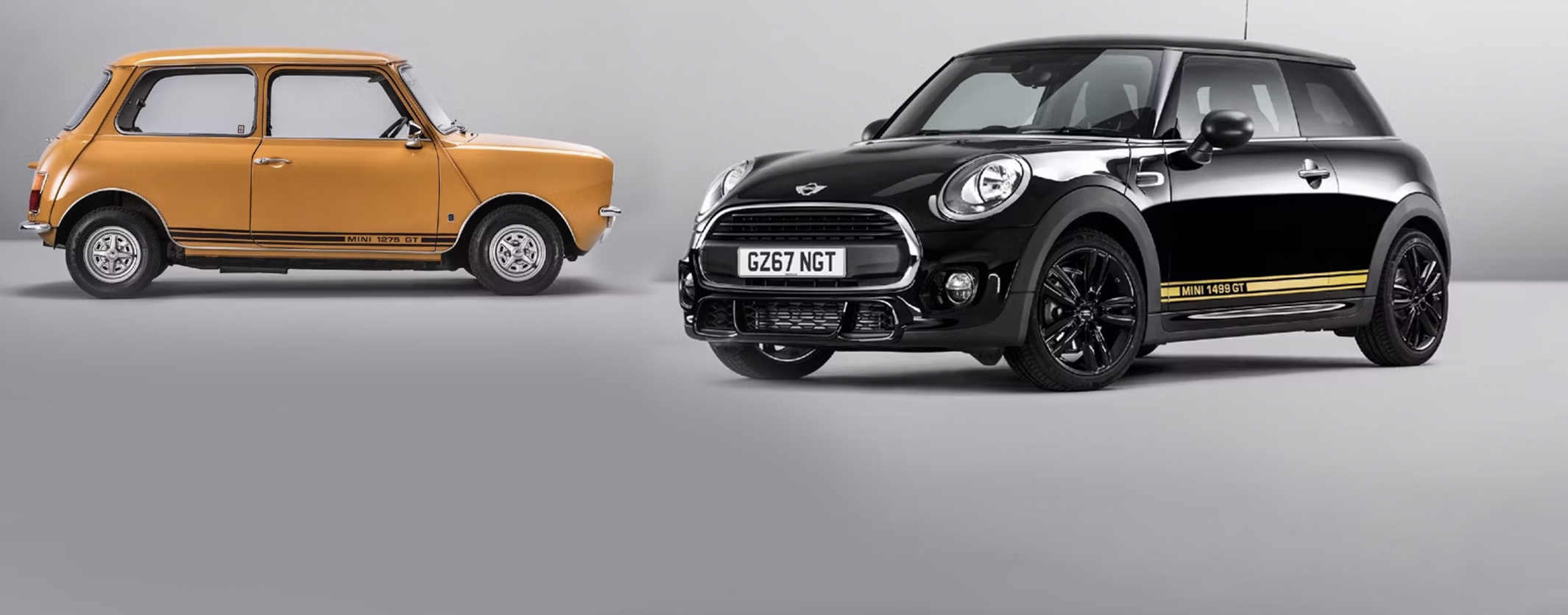
It’s not very often that one comes across a car that can be described by the words cute, fashionable, peppy, and fast. The Mini Hatchback, more commonly known as the Mini Cooper is a style icon and a legend in its own right. Over the last few decades, the iconic hatchback has starred in movies, television series, and more.
It is a hatchback with humble beginnings and yet it created a legacy for itself. It was initially a car launched by the British Motor Corporation and named Mini because of its miniature size. However, it soon evolved into being a car manufacturer. In this edition of the DubiCars Car Spotlight, we take a look at the Mini Hatchback.

Mini History — Models Over The Years
Origins Of The Mini
It isn’t a well-known fact that the Mini was originally a forced development. In 1956, the Suez Canal Crisis took place, which led to the blockade of the Suez Canal, an important shipping route. As a result, ships carrying oil were stranded and there was an acute shortage of fuel in the UK.
Sales of large cars dropped and demand for a small car with lower fuel consumption figures boomed. This was when the British Motor Corporation decided to develop a proper miniature car that would be practical enough for daily use while also having enough performance to keep enthusiasts happy.

Mini Mark I | 1959 – 1967
After about three years of development, the first generation Mini was launched in April 1959. Thousands of units had been produced and the original BMC Mini was showcased in 100 countries at once, on August 26, 1959. The hatchback was sold by two of BMC’s brands — Austin and Morris.
It came to be known by many names including Morris Mini Minor, Morris Cooper S, Morris Cooper, Austin 850, Morris 850, etc. This generation was available with four inline-4 engine options — 848cc, 998cc, 1,071cc, and 1,275cc. For the next few decades, many versions of the Mini would appear, but it would remain pretty much the same in terms of design and appearance with only a few minor changes.

Mini Mark II | 1967 – 1970
At the 1967 British Motor Show, the Mini Mark II was launched with a few design changes. It had a redesigned grille, a larger rear window, and more chrome elements. Around 429,000 of them would be produced over three years through assembly plants in 9 countries across the world. In terms of powertrain options, the Mark II retained the 848cc, 998cc and 1,275cc inline-4 engines.

Mini Mark III | 1969 – 1976
1969 is when the Mini went from being a car produced by a brand to a car manufacturer. However, it was still produced by British Leyland Motor Corporation. The Mark III came with larger doors and it now had concealed hinges. The sliding windows were replaced by winding windows. There were a few changes to the suspension too. Power came from the three same engines also seen in the previous generation of the hatchback.

Mini Mark IV | 1976 – 1983
By this stage, competition had caught up with the Mini, and more affordable and practical alternatives were produced by manufacturers. So several updates were launched for the Mark IV Mini over the years. In addition to the three aforementioned engine options, a new 1,098cc engine was also launched.
In the early 1980s, the Mini received new mechanical components which modernised the hatchback. It came with larger 12-inch wheels, disc brakes, stronger transmissions, and improved soundproofing.

Mini Mark V | 1984 – 1990
The Mark V didn’t bring with it many changes. It looked exactly like the Mark IV because it used the same body shell shape. However, there were a few changes underneath the body. The 848cc engine which had been around since the first generation was discontinued. This generation was only available with the 998cc and 1,275cc units.
This generation also saw the return of the Mini Cooper model. Previously, the Cooper and Cooper S suffixes were added to the performance versions of the first-gen Mini. The Mini Cooper was developed in association with racing legend John Cooper and hence, the Cooper name stuck. With this generation, the Mini Cooper was relaunched and it was an immense success.

Mini Mark VI | 1990 – 1996
By 1988, there were rumours of the Mini being discontinued. It had been in production for a long time and there were no major redesigns. However, Austin Rover decided to keep it in production for as long as it was possible and this resulted in the arrival of the Mark VI. Unsurprisingly, it still carried the same design and styling as the previous generation. However, this time, it was only available with the 1,275cc engine option. In 1991, fuel injection was introduced.
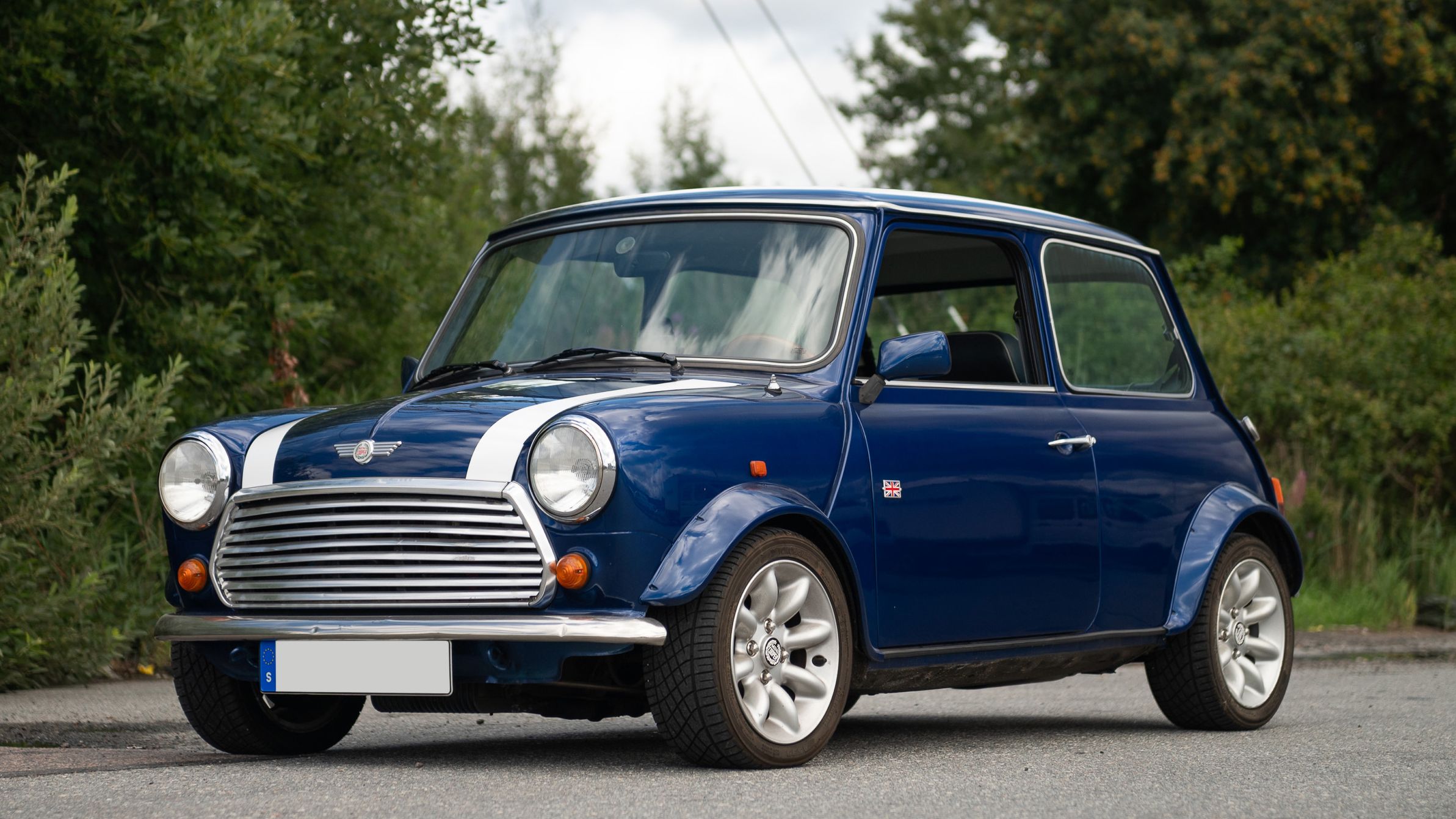
Mini Mark VII | 1996 – 2000
This was the last generation of the original Mini and once again, unsurprisingly, there weren’t many changes to the design and styling. Under the bonnet, the same 1,275cc inline-4 engine powered the little hatchback. However, this time, it got a 2-point fuel-injection system which made it more efficient and powerful than the previous generation.
The Mini had garnered a huge fan base and the enthusiasts and Mini owners groups across the world were bent on keeping the Mini alive even after production ended. In 1999, the Mini was voted as the second-most influential car of the 20th Century.
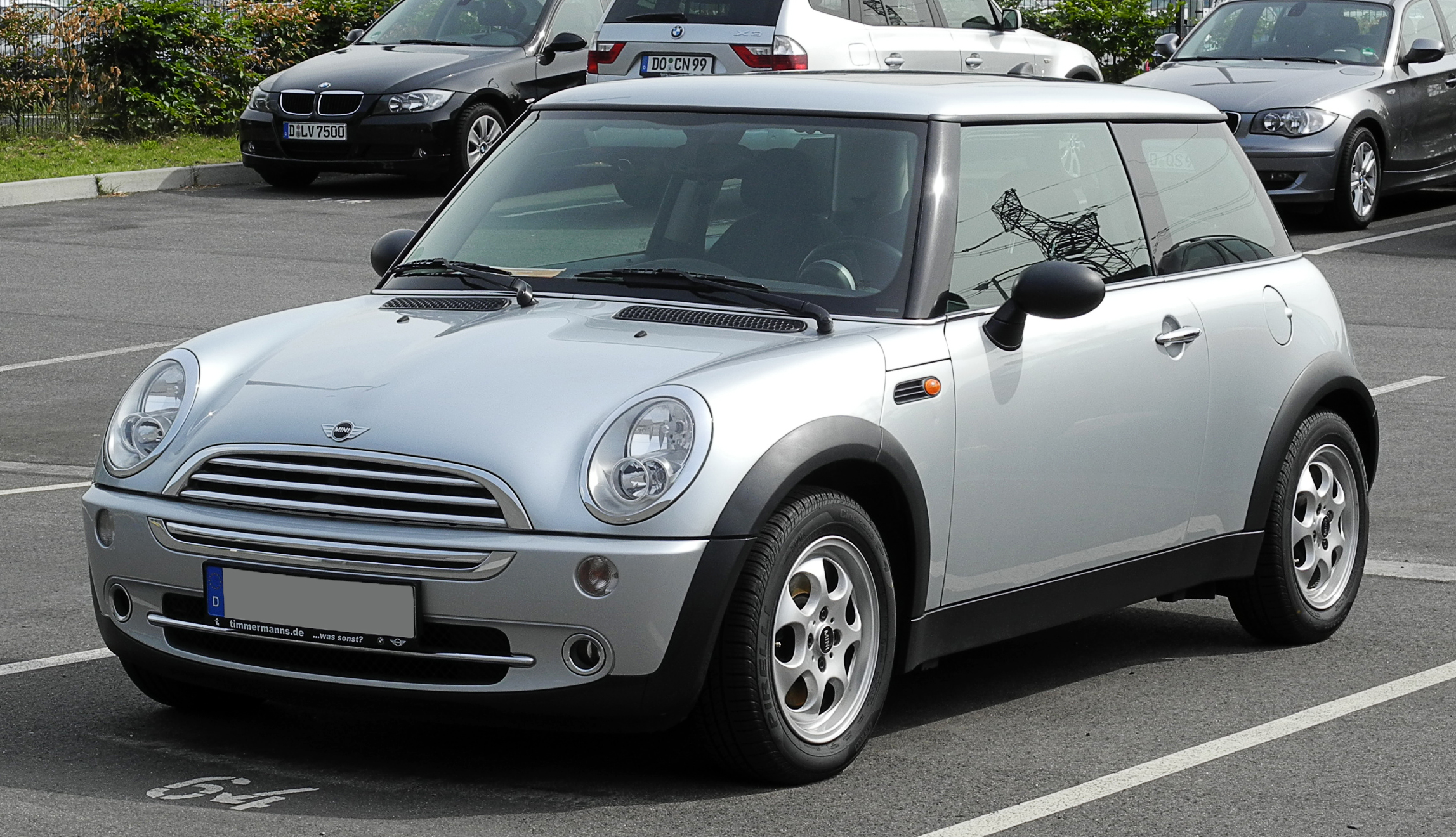
Mini Hatch Gen 1 | 2001 – 2008
The original Mini didn’t really go through a major design change for 41 years. There were a few elements that were redesigned slightly. However, only an enthusiast could make out the difference. To the layman, the same car had been in production for 41 years and a massive change was needed.
This massive change came in the form of a change of ownership. BMW acquired the Rover Group which owned Mini and a few other brands. In the late 1990s, BMW was looking at prospects of a new compact hatchback and a new, modern Mini was just what they needed. BMW worked on the development of the 1-Series while also developing a brand-new Mini hatchback.
In July 2001, the new Mini Hatchback was launched. It was completely new inside and out and yet, somehow captured the spirit of the original Mini. It was simply called Mini Hatchback and performance versions got the Cooper name. The base variant was called ‘One’. Then came the Cooper, Cooper S, and John Cooper Works (JCW) versions, with the JCW boasting the highest performance.
Power came from either a 1.4-litre or a 1.6-litre inline-4 engine. Cooper versions used a supercharged version of the 1.6-litre engine. The Mini Convertible was launched in 2005.
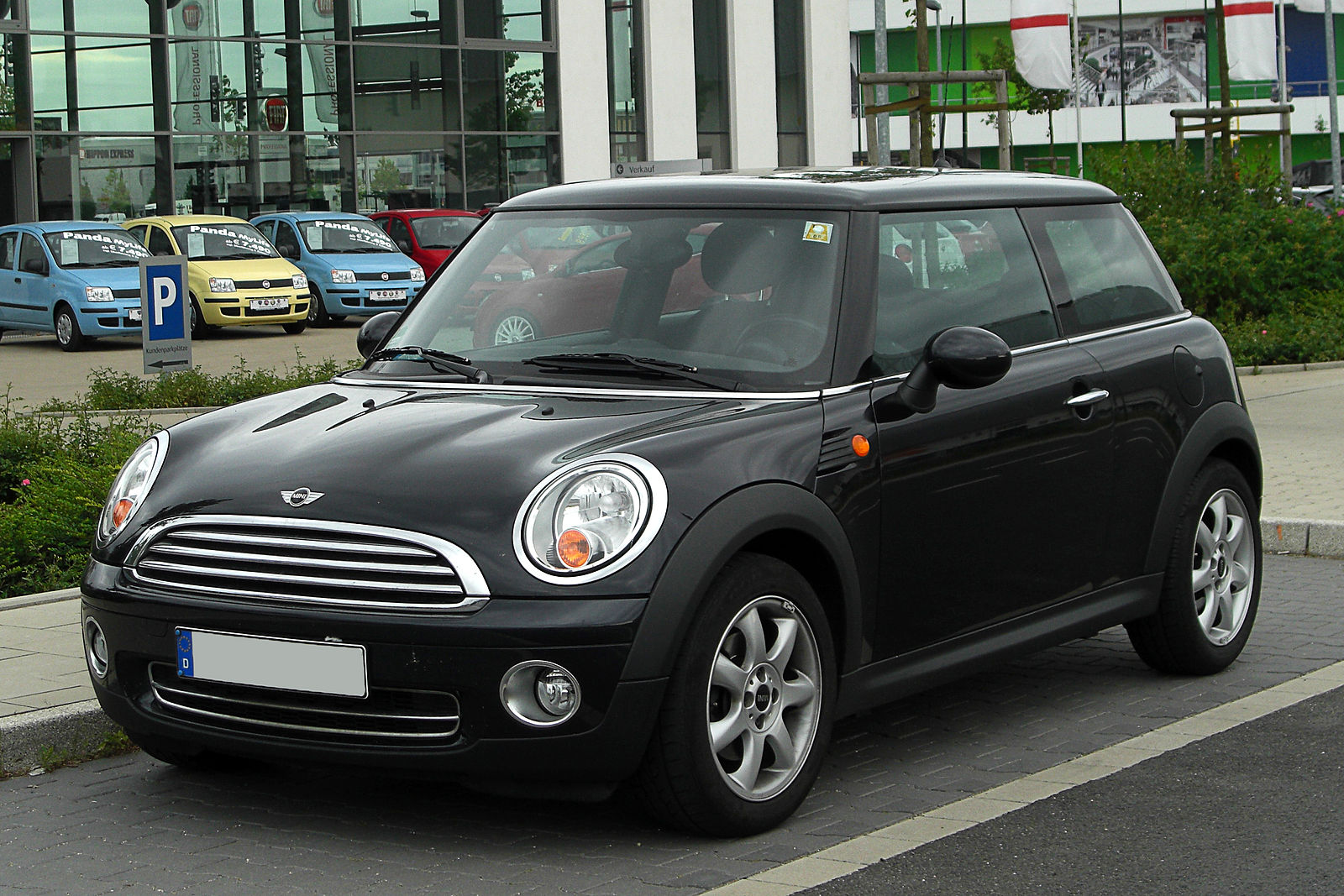
Mini Hatch Gen 2 | 2007 – 2015
Produced between 2007 and 2015, the second generation of the Mini Hatchback came with significant changes. It was based on a re-engineered platform and developed at the BMW Group headquarters in Munich, Germany. Although the Mini design was retained and it looked similar to the previous generation, the second generation of the Mini Hatch was in essence a completely different car.
For the very first time, a diesel-powered Mini was available. It was called the Cooper D and powered by a 2.0-litre turbo-diesel. In 2009, the second-generation Mini Convertible was launched and this one turned into a style icon.

Mini Hatch Gen 3 | 2014 – Present
Mini unveiled the third-generation hatchback in 2013 and it went into production in 2014. It is the largest Mini yet, and this has resulted in more space inside the cabin. The classy style has been retained and yet it somehow feels more modern and fashionable.
It is available in three-door, convertible, and five-door models. The most powerful engine on the five-door model produces 192hp while the other two body styles feature a more powerful 231hp inline-4 turbo-petrol. The performance-oriented John Cooper Works models get the epic 306hp engine and all-wheel-drive.

The Not-So-Mini Motorsport Legacy
John Cooper was the owner of the Cooper Car Company and a designer and builder of Formula One cars. Cooper also happened to be a friend of Sir Alec Issigonis, the designer of the original Mini. The two came together to produce the Mini Cooper, which is a performance version of the Mini hatchback.
The Mini Cooper would go on to dominate rallies and races in the years to follow. It won the following races just to name a few.
- Monte Carlo Rally — 1964, 1965, 1967
- 1000 Lakes Rally — 1965, 1966, 1967
- 1966 Gallaher 500 — Top 9 Positions
- British Saloon Car Championship — 1961, 1962, 1969, 1978, 1979
- British Rally Championship — 1962, 1963, 1970
The list goes on. The Mini hatchback dominated motorsports across various categories until the late 70s.
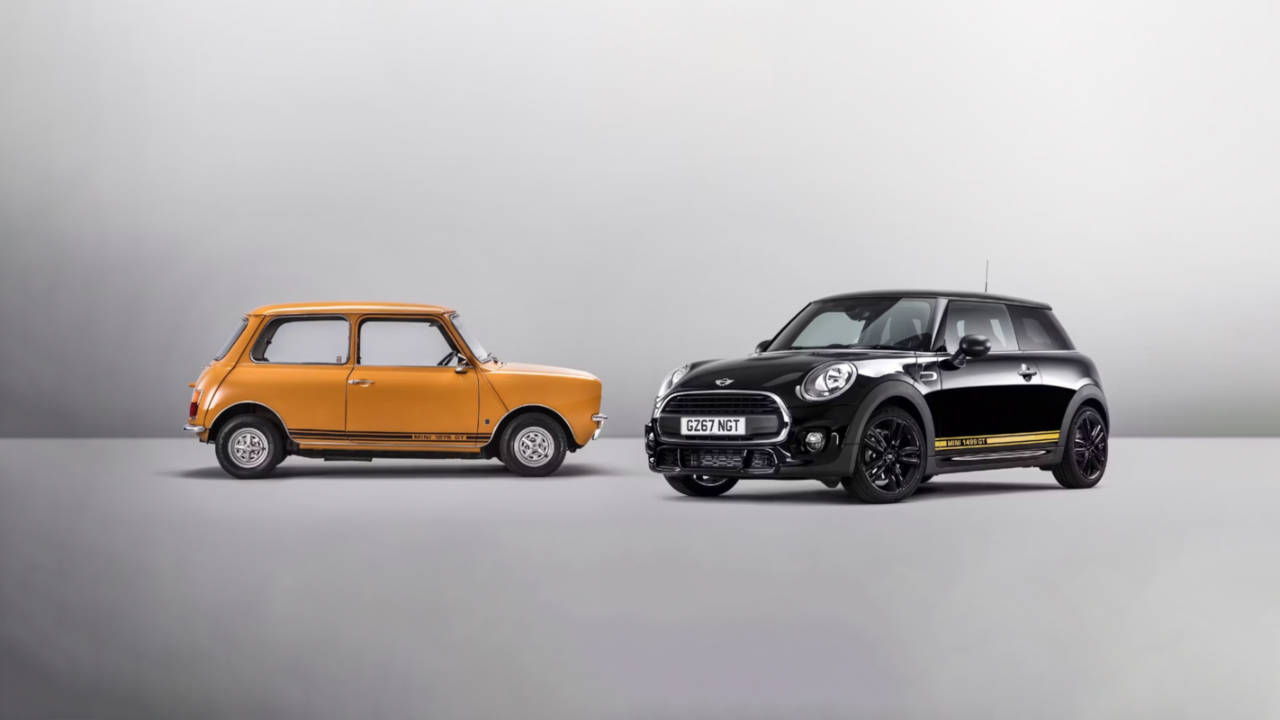
Most Popular Mini Generations In The UAE
The second and third generations of the Mini Hatchback are very popular in the UAE. They are modern, fashionable, and stylish hatchbacks and it is easy to find one. However, enthusiasts would pick a pre-2000 classic Mini. Although rare to spot, it is a joy to see one on the UAE’s roads.
Find new Mini Cooper hatchbacks for sale in the UAE and used Mini Cooper hatchbacks for sale in the UAE.
Also Read:
– Five Boring & Normal Cars That Turned Into Motorsport Legends
– Chevrolet Corvette — History, Models & Generations
– How Do Car Brakes Work & What Are The Components In A Brake System?


